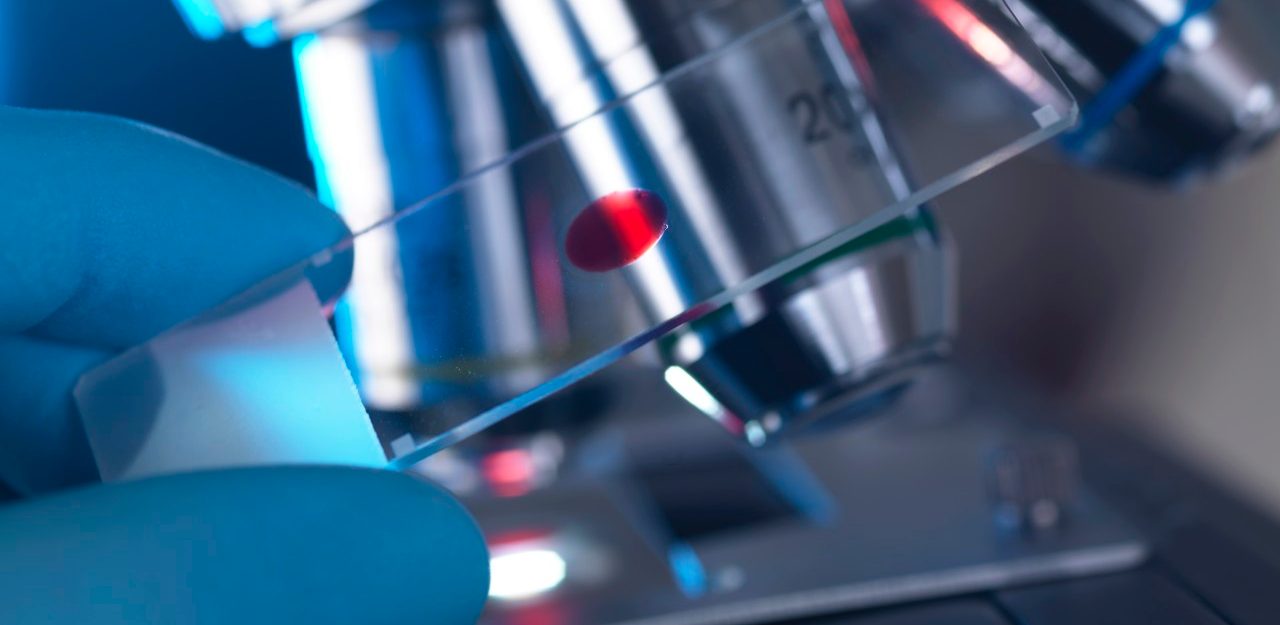What Does a Low Red Blood Cell Count Mean?

A low red blood cell count means your red blood cells are dying faster than your body can replace them. It usually happens because you are low in iron, or anemic.
Red blood cells give your blood its red color. The cells contain the protein hemoglobin, which lasts for about four months, on average, circulating oxygen throughout your body. Afterwards, the cells move into your liver to be broken down.
New red blood cells are continuously created in your bone marrow, as old red blood cells die off.
YOU MIGHT ALSO LIKE: Our Diseases and Conditions section
What does a low red blood cell count mean?
It means your red blood cells are dying faster than you are replacing them. It usually happens from a lack of essential nutrients, especially iron, a medical condition called anemia.
Iron deficiency anemia symptoms
Although other shortages of essential nutrients can cause anemia, iron deficiency is the most common. You might be on a restrictive diet or have inflammatory bowel disease. Heavy periods or internal bleeding can also leach out your iron.
Typical iron deficiency anemia symptoms include unusual fatigue; about half of all people with iron deficiency feel tired. Less oxygen is reaching your tissues and muscles, and your heart must beat harder. You might also feel weak, cranky, and have trouble concentrating.
Another symptom is pale skin. If you pull down your lower eyelid, you should see vibrant red skin. If it is pale pink or yellow, you may be short of hemoglobin, which makes your blood red.
You may feel short of breath even when an activity isn’t especially strenuous. If you’re short of breath when you walk or climb stairs, consider anemia.
Headaches and dizziness are other possible symptoms of a low red blood cell count. So are heart palpitations because your heart must work harder to carry oxygen. Your heart usually won’t be affected unless you’ve been anemic for a long time.
Your skin and hair could become dry and, in severe cases, you might have hair loss.
Your tongue may be swollen, pale, or smooth. The swelling could be caused by a lack of myoglobin, a protein in red blood cells that supports muscles. You might also have sore red cracks at the corner of your mouth.
Your legs may become restless, or you might have unpleasant itchy or crawling sensations, usually at night when you try to sleep. Other possible iron deficiency anemia symptoms include:
- Anxiety
- Cold hands and feet
- More frequent infections
- Cravings to eat ice
Foods rich in iron
To make sure you’re getting enough iron, review your diet. Many Americans get their iron from red meat, so vegetarians sometimes get into trouble. Good sources of iron are lean beef, oysters, chicken and turkey, and eggs. Some of the best plant foods rich in iron are beans and lentils, tofu, baked potatoes, cashews, and spinach and kale.
Seeds and nuts and dried fruit like raisins and apricots contain iron. Fruits and vegetables high in vitamin C will help your body absorb iron. Other foods can interfere with iron absorption in large amounts, including tea, coffee, dairy products, and whole grain cereal.
If your doctor recommends an iron supplement, you might drink it with orange juice to boost absorption. Iron supplements can have side effects like stomach pain, heartburn, nausea, and constipation and diarrhea.
Updated:
September 27, 2023
Reviewed By:
Janet O’Dell, RN